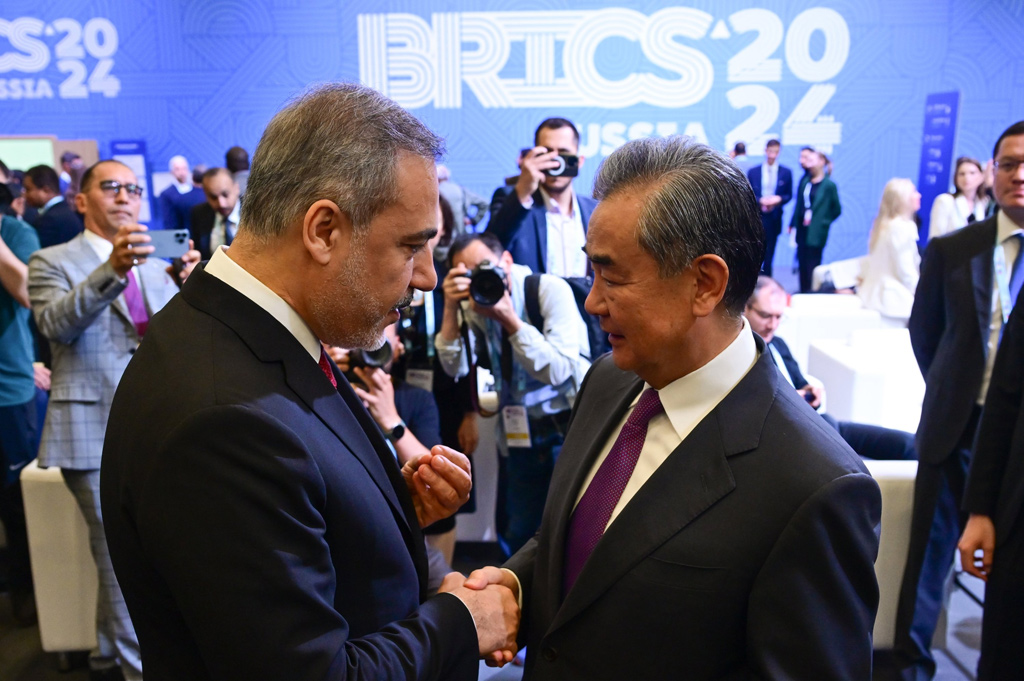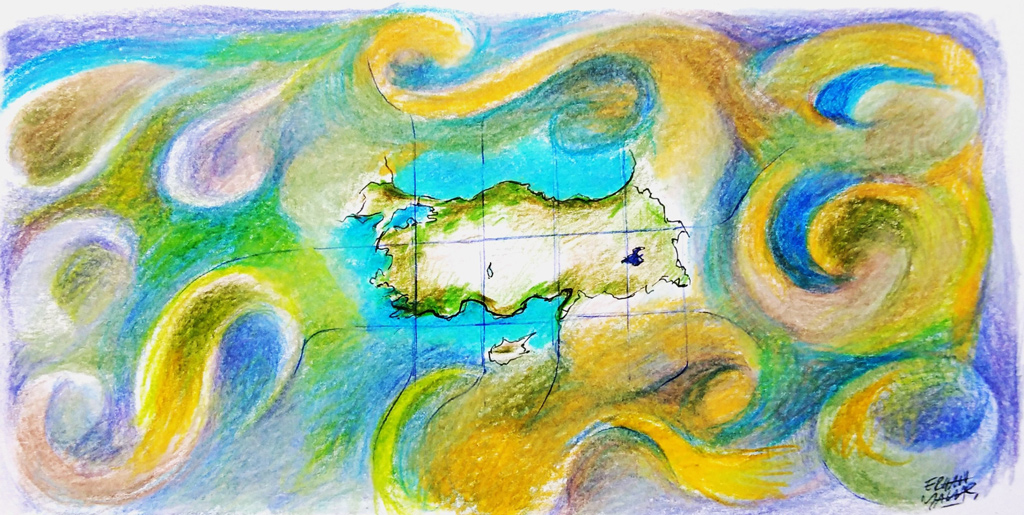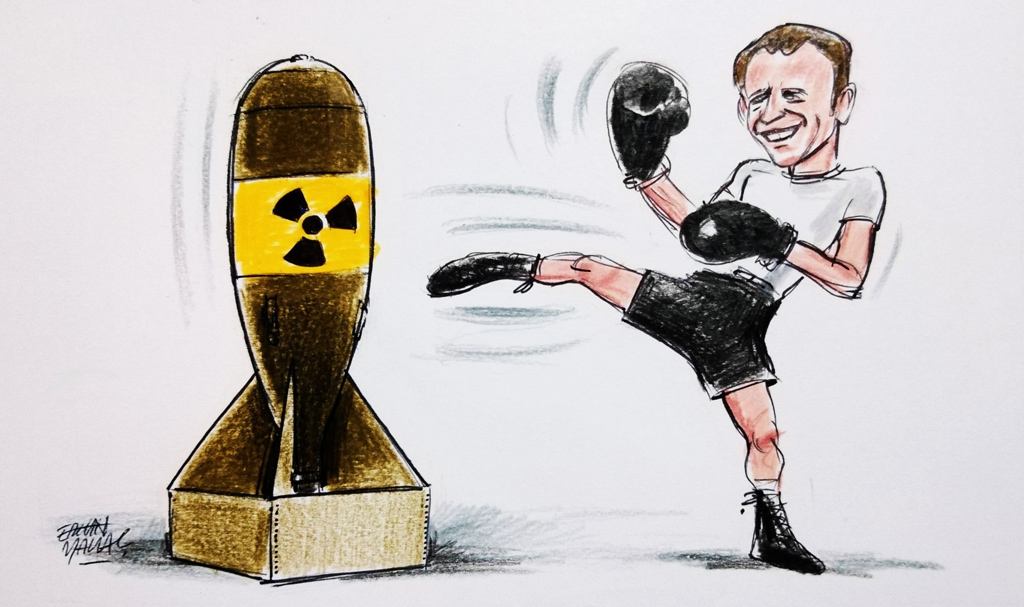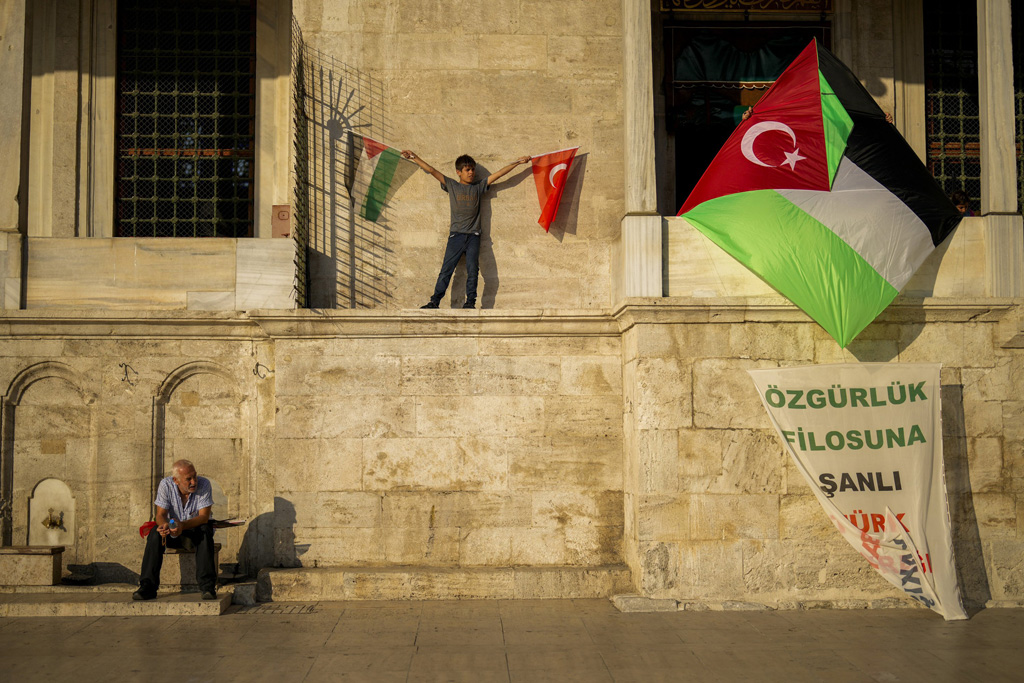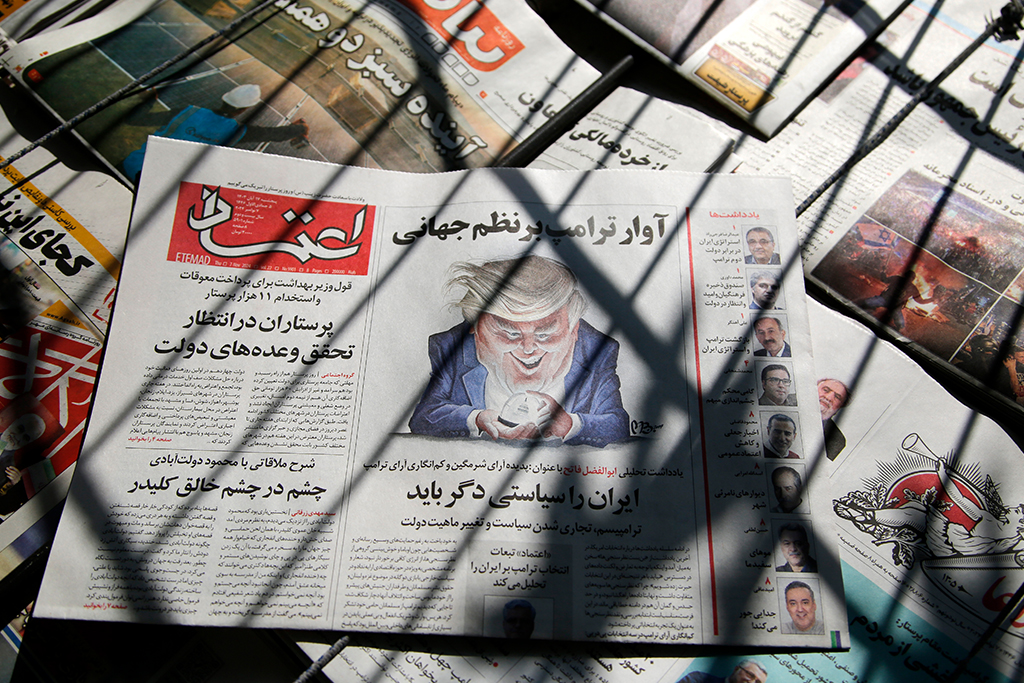- Hamas’ Oct. 7 operation caused a strategic shock in Israel, undermining Israel’s security doctrine built on military deterrence.
- Israel is using all available means to overcome this strategic shock.
- In the current situation, Israel is not interested in returning to the status quo on the Palestinian and Gaza issues, as it did in previous years.
- Israel’s first objective is to establish a new status quo to restore its deterrence.
- Israel’s short-term goals include the (partial or comprehensive) occupation of Gaza, the elimination of Hamas and the establishment of a new post-occupation administration.
- Israel’s strategic objectives include the dehumanization of Gaza and the displacement of the people of Gaza to Egypt.
- The Israeli government tries to legitimize the war on theo-political grounds dominated by religious references.
- Depending on Israel’s mode of operation, the possibility of escalation of the conflict is quite high.
- Although it is unlikely that the region’s countries will develop a common position in the short term, radical changes in the positions of the main actors may occur depending on the prolongation and spread of the conflict.
- The possible proximate effects of the conflicts have largely ended regional normalization.
- Israel’s aggressive military operations and collective punishment methods involving war crimes may trigger a new process of radicalization, especially in the Middle East, and may lead to radical organizations gaining ground.
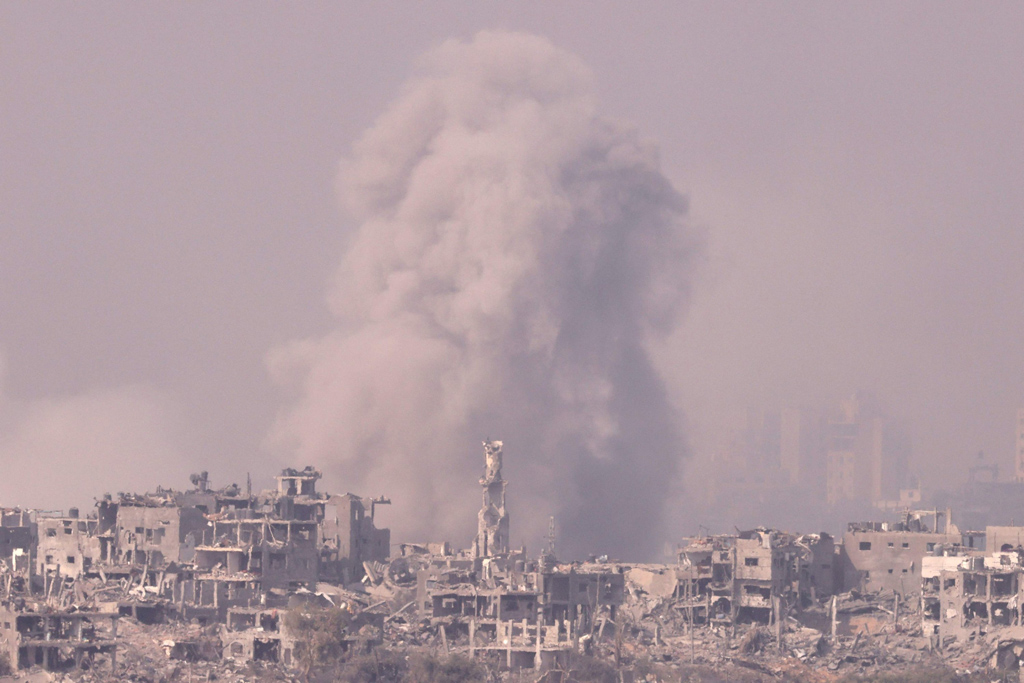
Apocalyptic turn in the Middle East
The operation launched by Hamas against Israel on Oct. 7 continues, accompanied by Israel’s extensive air and ground operations. Israel’s military attacks carried out to overcome the shock experienced within the country, reestablish military deterrence and eliminate Hamas through the collective punishment method have now completed their 24th day.
Share
The operation launched by Hamas against Israel on Oct. 7 continues, accompanied by Israel’s extensive air and ground operations. Israel’s military attacks carried out to overcome the shock experienced within the country, reestablish military deterrence and eliminate Hamas through the collective punishment method have now completed their 24th day.
Israel’s primary strategic objective is to occupy Gaza through full-scale ground operations. However, by the 24th day of the war, there were doubts about the realization of this goal. The civilian casualties resulting from the disproportionate bombardment of Gaza, the reactions of the international community and the possibility of the conflict evolving into a regional war are increasing pressure on Israel and weakening Tel Aviv’s determination to sustain military operations.
Although Israel’s operations against Gaza and the ground operation appear to be tactical and operational, the asymmetric nature of the conflict and its complexity may yield strategic outcomes not only for Israel but also for the entire region. Considering Oct. 7 and the developments since then, the tactical, operational and strategic dynamics of the current situation can be listed as follows:
Tags »
Related Articles

